Last Updated on June 15, 2024 by Jason
The name “Swiss made” is one of the most iconic and revered brands in the world. The term “Swiss Made” is synonymous with high-quality luxury watches. The Swiss have jealously protected this venerated brand name for over a century. However, despite a long history of watchmaking the Swiss were not always known for their high-end timepieces. In fact, for a long time, they were better known for their mass-market timepieces, rather than horological works of art. In this post, we will explore the history and the origins of the “Swiss made” brand.
Switzerland has a long history of watchmaking and it has also remained a place of refuge for the defenceless during times of conflict. In the 16th century, during the Reformation in Europe, many people were forced to flee their homelands. Included amongst these refugees were French Huguenot watchmakers who fled the violence in France. They chose to resettle in Switzerland, where society remained relatively stable. Many of them, as skilled watchmakers, moved to the city of Geneva. This sudden influx of skilled artisans transformed the local watchmaking industry.
The Swiss Reformation
Switzerland was not truly free of the effects of the Reformation. John Calvin was a religious reformer, well known for both his controversial views and austere standards of living. In Geneva, Calvin placed restrictions on ordinary citizens that forbid them from wearing jewellery. The gold and silversmiths faced financial ruin with no way of doing business. However, watches were still permitted to be worn, as they had a practical use and weren’t simply ornamental. As a result, the smiths turned their attention to the art of watchmaking for which there was still a demand.
The Swiss smiths worked alongside the French Huguenot watchmakers. Together, they reinvented the watchmaking process and a new industry evolved. By merging their skills, they were able to combine both aesthetics and precision. The restrictions were finally relaxed in Geneva in the late 16th century. Before the change in the rules, watchmaking in Switzerland had a reputation for being refined, skilled, and high-quality. When the laws were relaxed, watch designs became even more elaborate and luxurious.
The division of labour
The Swiss goldsmith, Daniel Jeanrichard, (1665 – 1741) revolutionised the watchmaking industry in the Jura mountains, Switzerland. He introduced the division of labour to the industry, a system known as établissage. JeanRichard taught the local Jura farmers to make individual watch components. Each farmer was a specialist in producing a single part, for example, a hairspring. Their skillsets and tools were limited to the single component they specialised in. Although their skills and equipment, the division of labour and specialisation meant they could produce high volumes of components with consistent standards. The components would be collected with the final assembly completed by master watchmakers. The Jura farmers turned quickly to watchmaking. This new “cottage industry” provided the farmers with a welcome source of income during the long, cold winters.
Mass market dominance
The cottage industry, which was an early form of subcontracting, spread rapidly throughout the Swiss mountain villages. By the time of JeanRichard’s death in 1741, there were hundreds of watchmakers in the mountain towns of Le Locle and La Chaux-de-Fonds and the surrounding villages. Later, établissage spread further throughout the country, the system allowed the Swiss to dominate the global market in terms of volume. By the middle of the 19th century, the Swiss with their établissage watchmaking industry were out producing the British made watches by 10 to 1. When the Americans mechanised their production systems in the 1850s, the Swiss were soon to follow.
In the latter half of the 19th century, the Swiss continued to focus on volume, overwhelming the American and British markets with low-quality watches. These watches were often known as “Swiss fakes”, due to their low standards. These watches were often marketed in such a way that there was nothing to distinguish them from locally made watches. For example, most watches sold in Britain at the time had the retailer’s name on the dial. Thus, “Charles Brown, Birmingham” suggests to the unsuspecting public that the watch was probably made in Britain. The retailer certainly wouldn’t argue the point as they were promoting themselves as the watchmaker.
Reputation
The British watchmaking industry was concerned that these “Swiss fakes” were damaging their reputations. This was also happening elsewhere in the British economy. Foreign manufacturers had been importing substandard goods and marketing them as British made. There was widespread concern across a multitude of British industries. These concerns were largely addressed by the British Merchandise Marks Act of 1887.
The Merchandise Marks Act forced manufacturers of foreign goods to identify the country of origin. This included watches. However, “Made in Switzerland” was a little too unwieldy to fit on a watch dial, so “Swiss made” was adopted. Typically, the mark appears on the dial, on either side of the 6-marker, and also on the movement. The Swiss now had a national brand to protect, that was gifted to them by the British parliament. I am not saying that they stopped producing low-quality watches immediately. However, it did give them pause for thought about how they would now protect their reputation since their “brand” was now prominently displayed. Following the Merchandise Marks Act, the Swiss slowly turned their focus to quality over volume.
Quality over quantity
At the start of the twentieth century, the Swiss were concentrating on mid to high-quality timepieces, slowly building their reputation as the foremost watchmaking industry in the world. During the First World War, Switzerland remained neutral. This gave the Swiss watchmakers a distinct advantage over their English counterparts. They were able to continue producing watches and refine their production methods. The English watchmakers on the other hand were often required to turn their attention to manufacturing other goods for the war effort.
Even the simplest of mechanical watches will consist of in excess of 100 parts. Each of these components requires specialised equipment, expertise and experience to construct. The cost of producing these components can be prohibitively expensive, especially in a country like Switzerland where the cost of labour is high. Other countries can produce identical components at a much-reduced cost. It is the quality, heritage and experience behind Swiss made watches, that the cheaper manufacturers are unable to replicate. This is what the Swiss watch industry is trying to protect. To protect these qualities, the Swiss have put strict controls in place.
Swiss Federal Act
According to the Swiss Federal Act on the Protection of Trade Marks and Indications of Source, a good or service may only be designated “Swiss made” if it meets the following criteria:
Food products: 80% of the weight of the raw materials and the essential processing must take place in Switzerland.
Industrial products: 60% of the manufacturing costs and the essential manufacturing step must occur in Switzerland. This includes watches.
Services: the company headquarters and administration must be located in Switzerland. This could include watch sales, service and repair.
The term “Swiss made” is most often associated with watches made in Switzerland. Swiss law considers a watch to be Swiss made if its movement is Swiss. Plus the movement has been assembled in Switzerland. And if its final inspection occurred in Switzerland. And finally, if at least 60% of manufacturing costs are incurred in Switzerland.
Related content
British Merchandise Marks Act 1887, 149 pages.
Swiss made at Wikipedia.
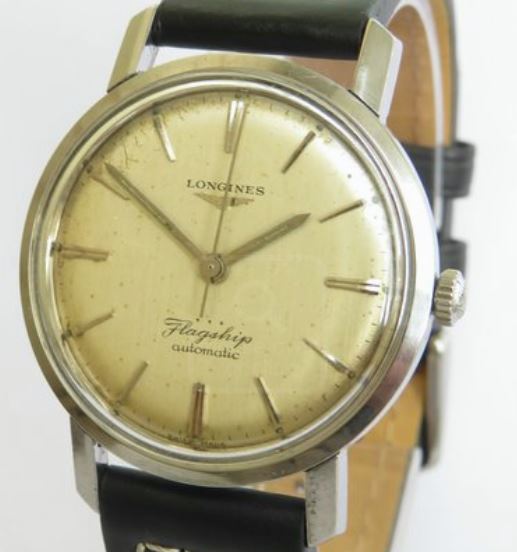
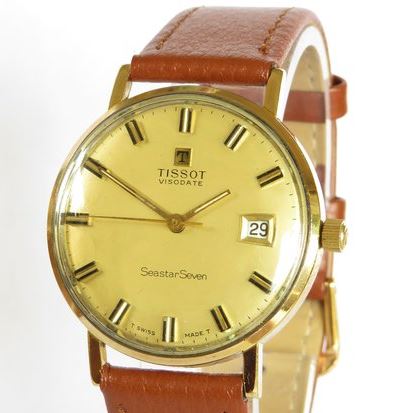
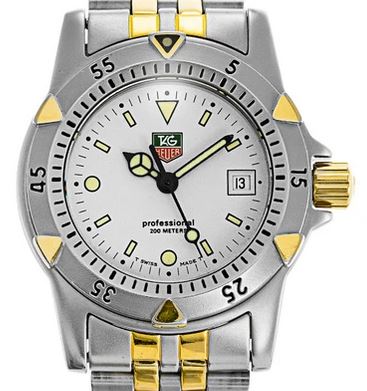
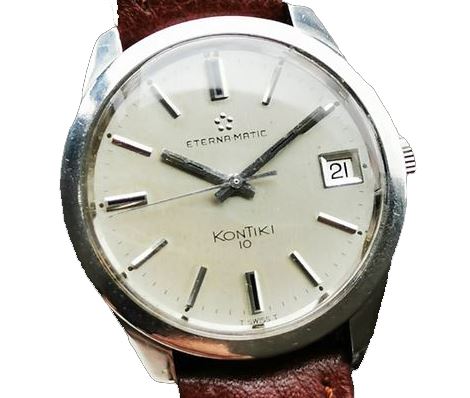
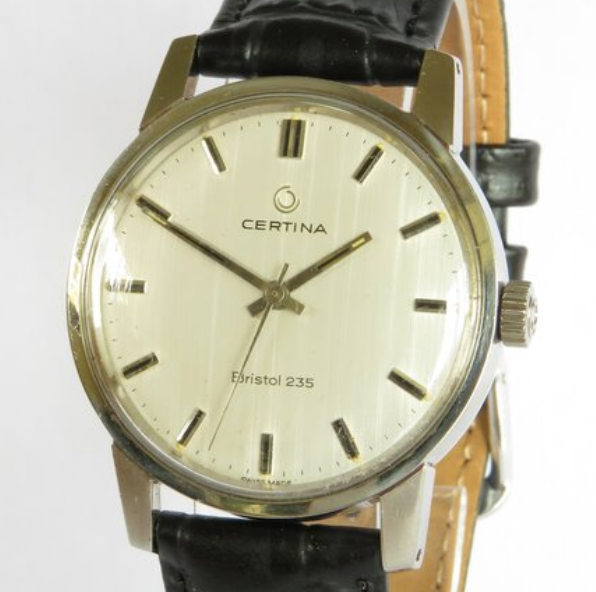
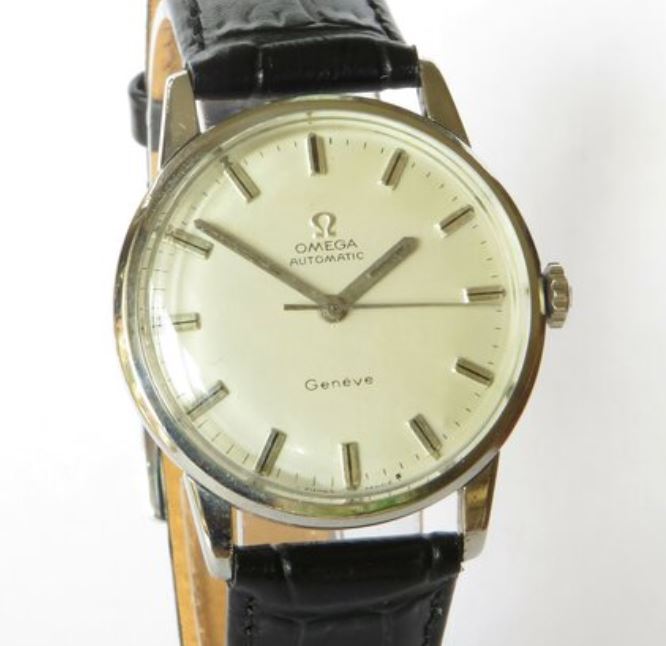
Nice post Jason. Just a quick question, the Longines Flagship with the calligraphy printing “Flagship Automatic” has a reprinted dial ?
Hi Catalin, it has been a while since I looked at this image. I think you are correct, the font is not an exact match for other watches of its type from the sixties. The “automatic” has a capital A, which is inconsistent and the three stars are missing. Though, it is a nice looking watch! There are a couple of other posts that might be of interest: The importance of originality in the vintage watch market and What are tropical dial watches? I have replaced the image with a more “original” image. Thanks for taking the time to comment, Jason